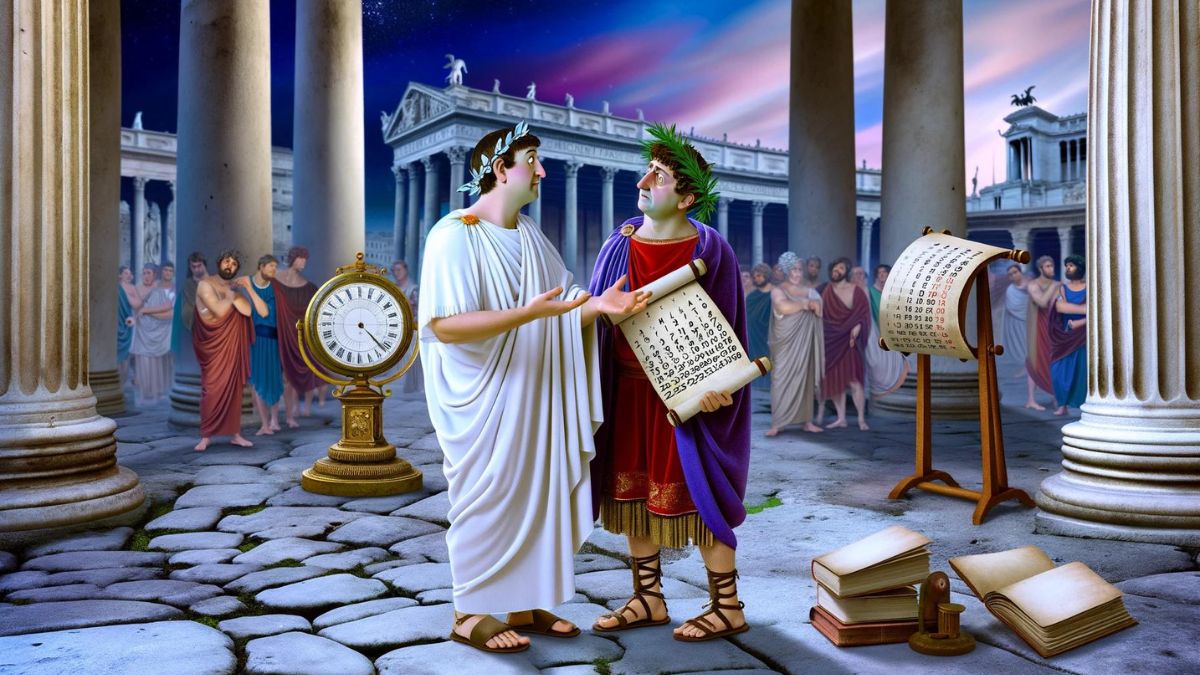Who created the idea for leap year? The idea of a leap year is credited to Julius Caesar, who introduced the Julian calendar in 45 BC. The Julian calendar was based on the solar year, which is the time it takes the Earth to orbit the sun. It has 365 days, but the actual length of the solar year is 365.2422 days. This means that the Julian calendar loses about 1 day every 4 years.
To correct this, Caesar added a leap day to the calendar every 4 years. This day was added to the end of February, which was the shortest month at the time. The leap day was called bis sextus dies, which means “second sixth day” in Latin.
The Julian calendar was used for over 1,600 years, but it was not perfect. It still lost about 1 day every 128 years. In 1582, Pope Gregory XIII introduced the Gregorian calendar, which is the calendar that we use today. The Gregorian calendar اصلاح the Julian calendar by making the leap year rule more precise.
Under the Gregorian calendar, a year is a leap year if it is divisible by 4, unless it is also divisible by 100 but not by 400. This means that the years 1700, 1800, and 1900 were not leap years, but the year 2000 was.
The Gregorian calendar is more accurate than the Julian calendar, and it is the calendar that is used by most countries in the world today.
What is the purpose of leap year?
At its core, the purpose of a leap year is to correct the discrepancy between the calendar year and the astronomical year. While our standard calendar year lasts 365 days, the Earth actually takes approximately 365.2425 days to complete its orbit around the sun. This slight difference, if left unadjusted, would cause our calendar to drift away from the solar year, leading to significant seasonal shifts over time. By adding an extra day every four years, we realign our calendar with the Earth’s position in its orbit, maintaining the consistency of seasons year after year.
How Many Days Does a Leap Year Have?
It has 366 days, one more than a common year. The days are distributed as follows:
- 31 days: January, March, May, July, August, October, and December.
- 30 days: April, June, September, and November.
- 29 days: February.
When Is the Next Leap Year?
The next leap year is 2028. Below is a list of the upcoming leap years:
- 2028
- 2032
- 2036
- 2040
- 2044
Leap years are an important part of the Gregorian calendar, which is the most used calendar in the world. These years are interspersed every four years to compensate for the difference between the solar year and the civil year.
Why is it called a leap year?
The term itself reflects the way dates “leap” over one day in the week sequence every four years. In a common year, the day of the week advances by one day from one year to the next; for example, if January 1 is on a Monday in one year, it will be on a Tuesday the next year. However, in a leap year, this progression “leaps” over a day, moving from Monday directly to Wednesday. This linguistic representation captures the essence of the leap year’s role in enabling our calendar to jump forward in time, keeping pace with the Earth’s journey around the sun.












